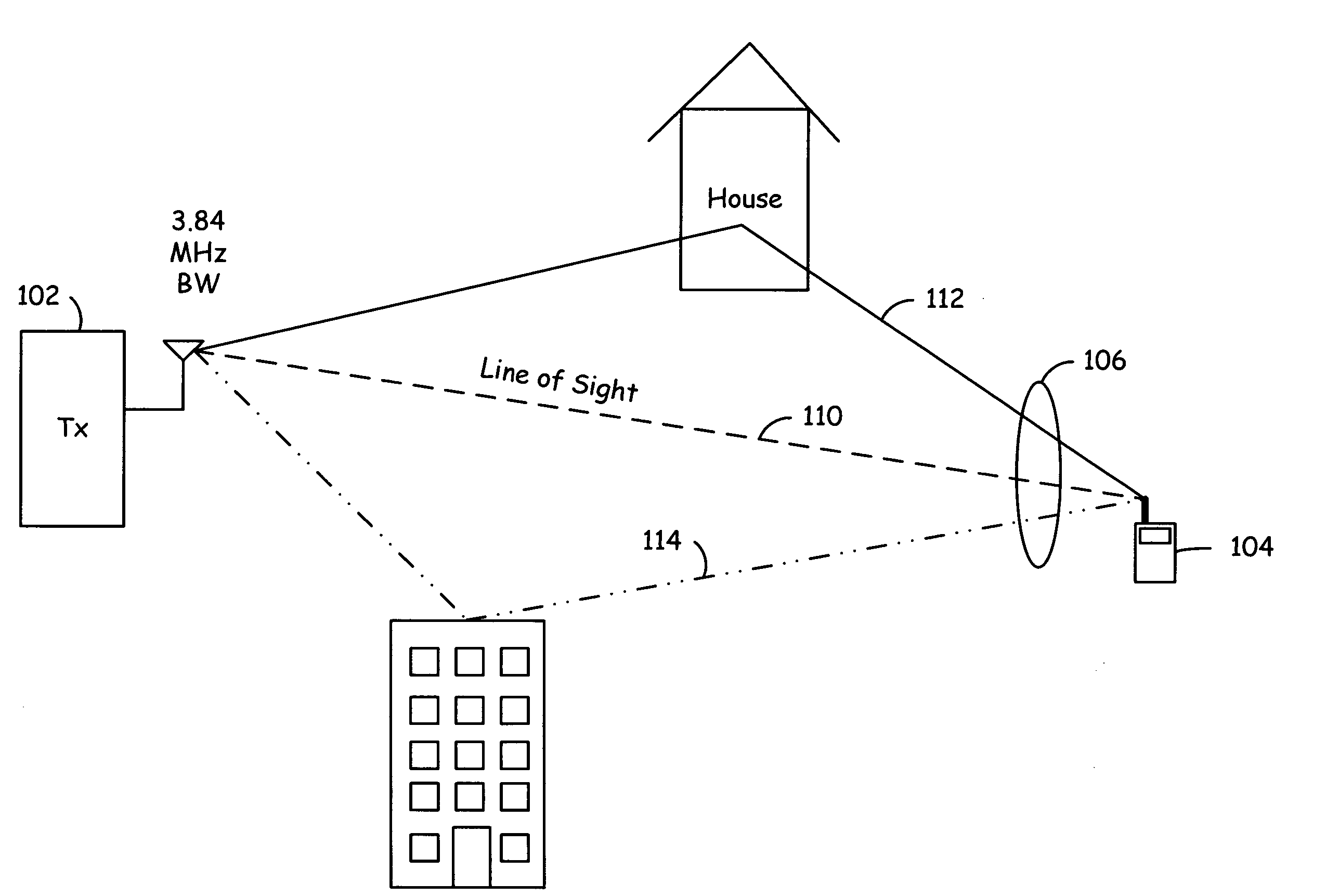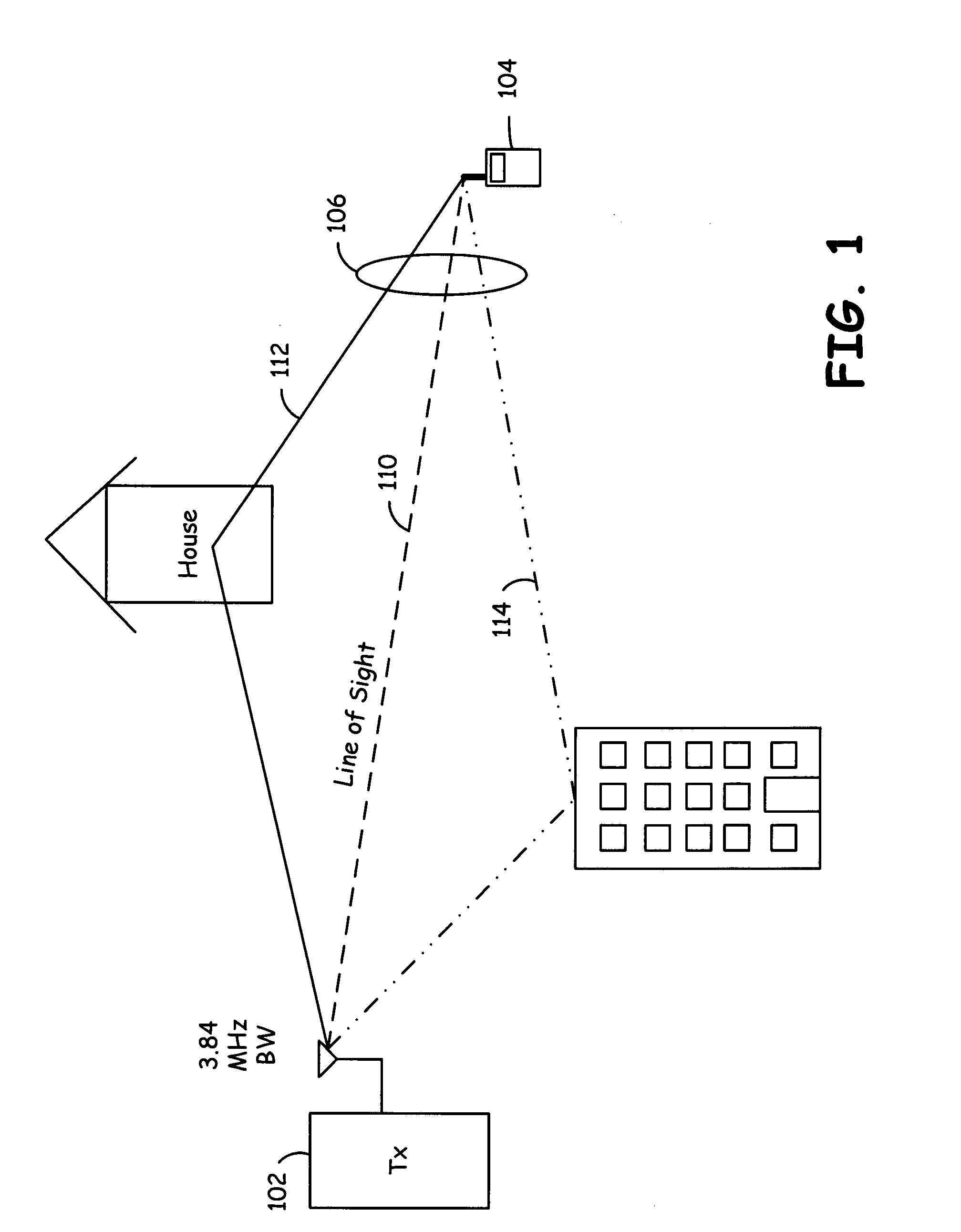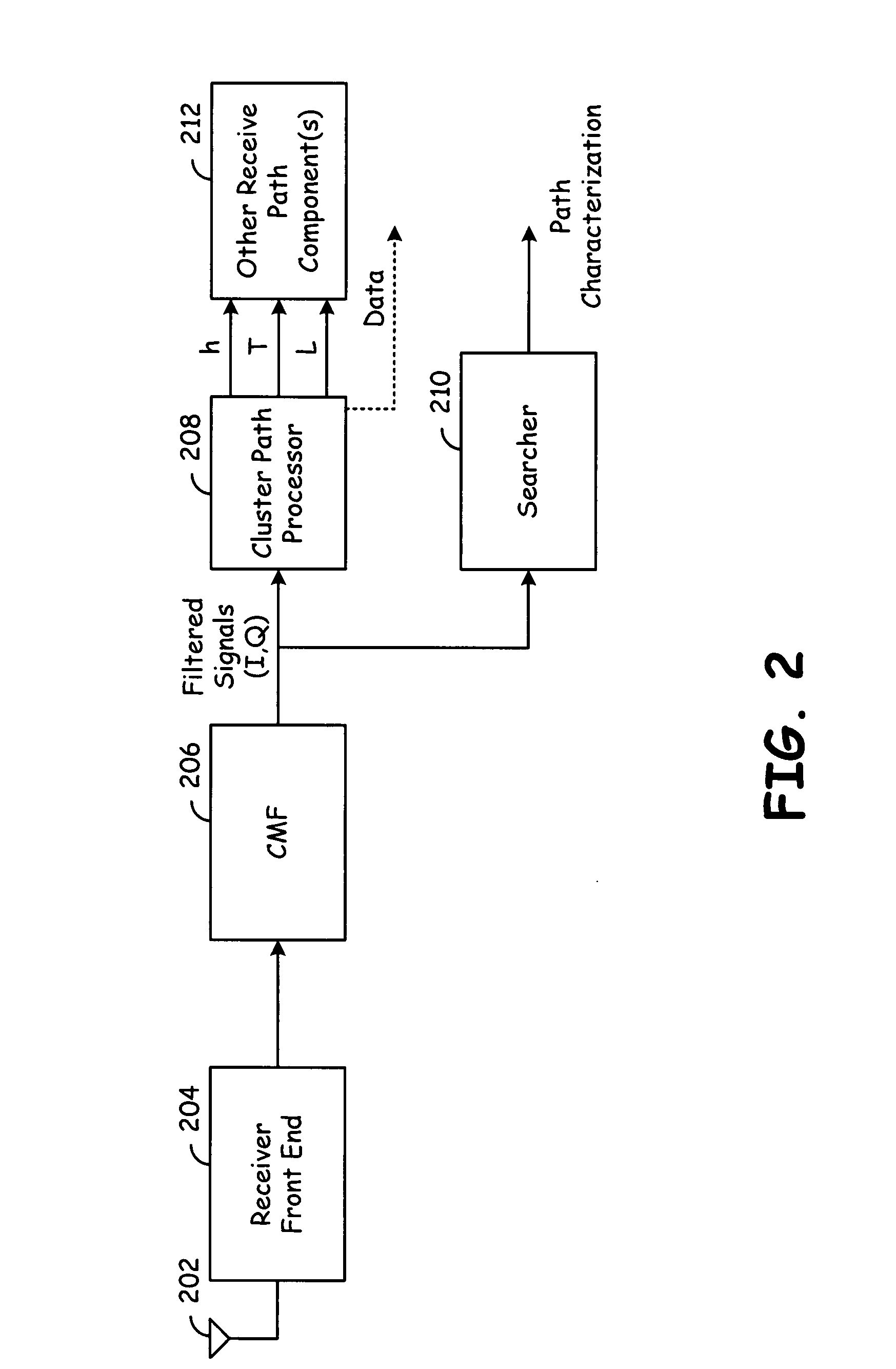Cluster path processor time alignment for signal suppression/separation in a wireless device
a wireless device and processor technology, applied in the field of wireless communication, can solve the problems of affecting so as to achieve the effect of reducing the difficulty of recovering a transmitted rf signal, reducing the efficiency of wireless devices, and reducing the cost of wireless devices
- Summary
- Abstract
- Description
- Claims
- Application Information
AI Technical Summary
Problems solved by technology
Method used
Image
Examples
Embodiment Construction
[0045]Certain embodiments of the present invention may be found in a method and system for processing multipath clusters. Various embodiments of the present invention describe a cluster path processor (CPP) that may process multipath signals wherein a temporal proximity between consecutive individual distinct path signals may be approximately equal across the multipath signals. The CPP may process multipath signals where channel estimation, and recovery of a corresponding transmitted RF signal is based on an estimate of an aggregate of at least a portion of the received individual distinct path signals contained in the multipath signals. The CPP may process a multipath based on at least a portion of a total signal energy level contained in the multipath that comprises an aggregate of signal energy from each of the constituent individual distinct path signals.
[0046]In various embodiments of the present invention, the performance of the CPP in tracking and recovering RF signals may be...
PUM
 Login to View More
Login to View More Abstract
Description
Claims
Application Information
 Login to View More
Login to View More - R&D
- Intellectual Property
- Life Sciences
- Materials
- Tech Scout
- Unparalleled Data Quality
- Higher Quality Content
- 60% Fewer Hallucinations
Browse by: Latest US Patents, China's latest patents, Technical Efficacy Thesaurus, Application Domain, Technology Topic, Popular Technical Reports.
© 2025 PatSnap. All rights reserved.Legal|Privacy policy|Modern Slavery Act Transparency Statement|Sitemap|About US| Contact US: help@patsnap.com



